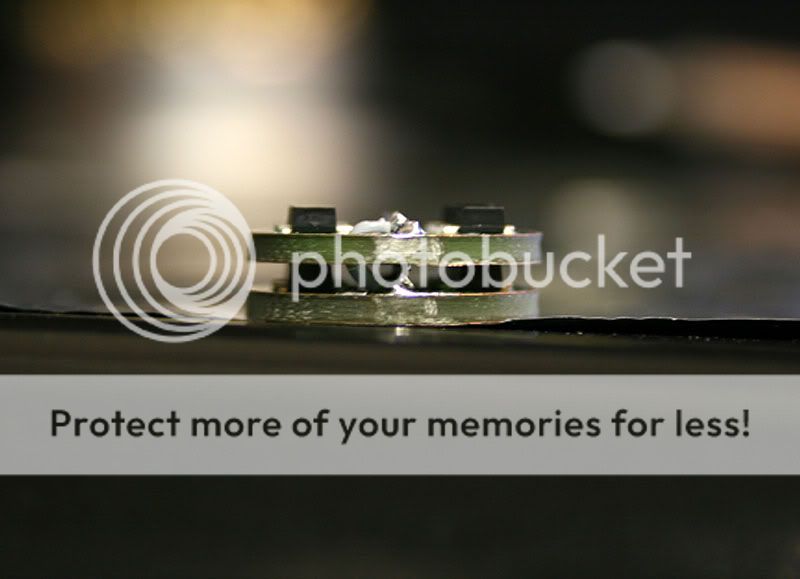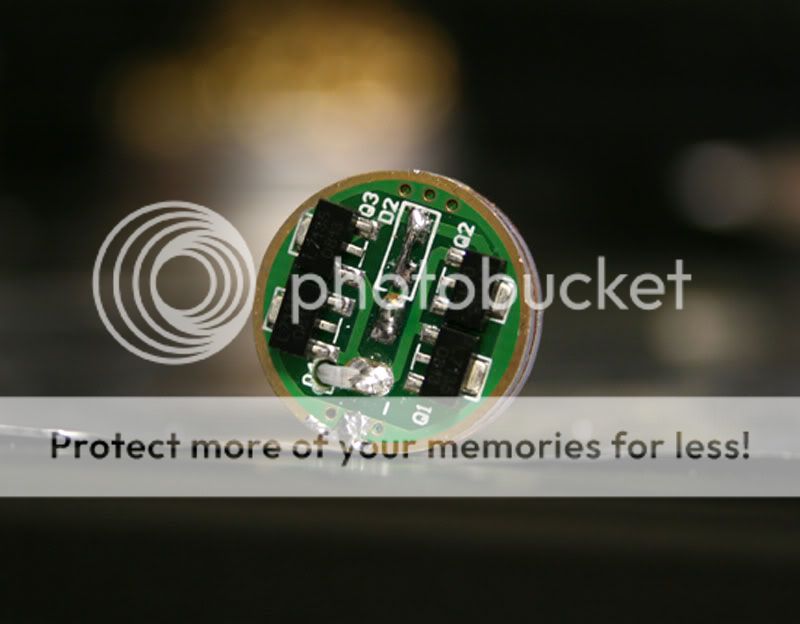bedazzLED
Enlightened
I have been collecting flashlights for a while now, and I have been reading the forum for a while and you have all inspired me!
I now want to have a go at modding flashlights, especially some of the ones I have purchased from DealExtreme prior to discovering Fenix, JetBeam, NiteCore, 4Sevens.com, LightJunction.com, BatteryJunction.com, ......, and this forum.
However, the big problem is I just don't get it :sigh: !
My apologies up front if I'm asking really basic questions now and in the future, but I really want to get to grips with it, so I'm asking for your patience and understanding.
My first question is in regards to matching up emitters and drivers.
I read the threads and they mention particular drivers and emitters, and I do searches at shiningbeam.com and DealExtreme.com and I try to match drivers to emitters but I don't know if I'm doing it right.
For example, most of the information on emitters quotes a 'typical driving range'. As an example, Emitter SKU 12721 at DealExtreme.com quotes a driving range of 3.6 to 3.7 voltage input.
If I now want to match up a driver for this emitter, is it as simple as finding a driver that has a 3.6 to 3.7 voltage output?
What about the mA values. The emitters don't seem to quote mA values, only the drivers do.
As an example, I have looked at two drivers for the emitter above. First off SKU 7612 at DealExtreme.com. It quotes 3.7 volts and 1000mA output. Next I have looked at SKU 1271 from ShiningBeam.com. It quotes a voltage range of between 2.8 and 8 volts INPUT (the other quoted OUTPUT voltage). However, this one quotes output currents of 140mA, 1000mA and 2500mA but does not quote the output voltage.
So one driver quotes output voltage and current, but the other quotes input voltage and output current, but emitters only specify input voltage. How do I know if the mA output values from the driver are safe for the emitter, if the emitter specifications don't quote it, but drivers do? How do I know if it's OK to run the driver with 2500mA output for this emitter?
It's really confusing and the more I read the more I get confused.
What am I missing here or am I destined to only buy flashlights and leave modding to the experts?
Any advice would be greatly appreciated.
Regards,
bedazzLED
I now want to have a go at modding flashlights, especially some of the ones I have purchased from DealExtreme prior to discovering Fenix, JetBeam, NiteCore, 4Sevens.com, LightJunction.com, BatteryJunction.com, ......, and this forum.
However, the big problem is I just don't get it :sigh: !
My apologies up front if I'm asking really basic questions now and in the future, but I really want to get to grips with it, so I'm asking for your patience and understanding.
My first question is in regards to matching up emitters and drivers.
I read the threads and they mention particular drivers and emitters, and I do searches at shiningbeam.com and DealExtreme.com and I try to match drivers to emitters but I don't know if I'm doing it right.
For example, most of the information on emitters quotes a 'typical driving range'. As an example, Emitter SKU 12721 at DealExtreme.com quotes a driving range of 3.6 to 3.7 voltage input.
If I now want to match up a driver for this emitter, is it as simple as finding a driver that has a 3.6 to 3.7 voltage output?
What about the mA values. The emitters don't seem to quote mA values, only the drivers do.
As an example, I have looked at two drivers for the emitter above. First off SKU 7612 at DealExtreme.com. It quotes 3.7 volts and 1000mA output. Next I have looked at SKU 1271 from ShiningBeam.com. It quotes a voltage range of between 2.8 and 8 volts INPUT (the other quoted OUTPUT voltage). However, this one quotes output currents of 140mA, 1000mA and 2500mA but does not quote the output voltage.
So one driver quotes output voltage and current, but the other quotes input voltage and output current, but emitters only specify input voltage. How do I know if the mA output values from the driver are safe for the emitter, if the emitter specifications don't quote it, but drivers do? How do I know if it's OK to run the driver with 2500mA output for this emitter?
It's really confusing and the more I read the more I get confused.
What am I missing here or am I destined to only buy flashlights and leave modding to the experts?
Any advice would be greatly appreciated.
Regards,
bedazzLED




